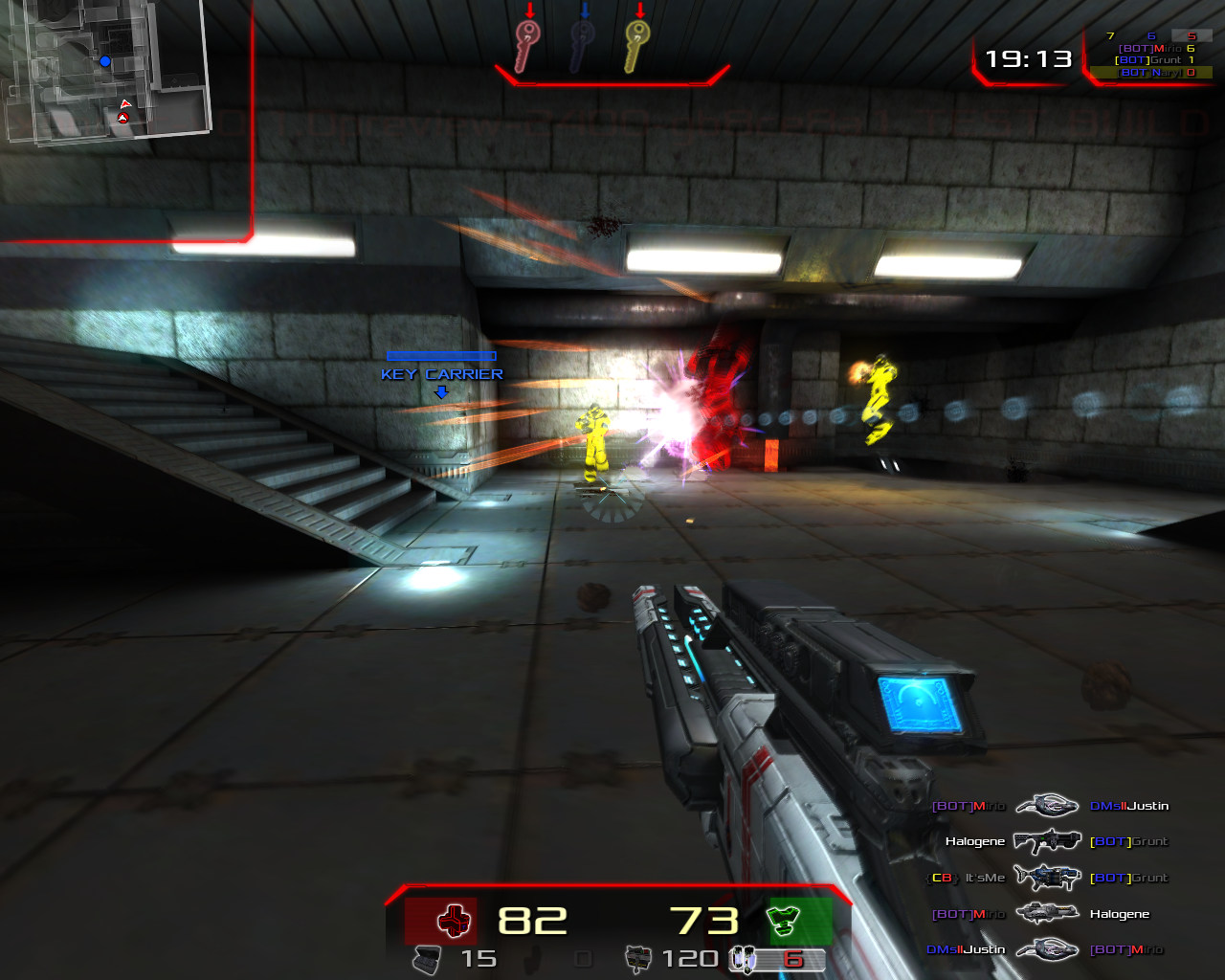

The last step is to tell the Xonotic server which IP address to bind to: # echo "net_address 192.168.122.99" > /runc/containers/xonotic/rootfs/usr/share/xonotic/data/server.cfg First it is necessary to create the following link as Xonotic does not start without it: # cd /runc/containers/xonotic/rootfs/usr/share/xonotic/ # ln -s data id1 The output of oci-runtime-tools is piped through jq to remove all the seccomp configuration as the combination of RHEL, CRIU, runC and seccomp does not yet work.īefore starting the container two more things are necessary. The last parameter ‘ -linux-namespace-remove network ’ is used to use the host system’s network instead of a network namespace. This is important for the actual migration. The ‘ -tmpfs ’ parameter is telling the container to mount a tmpfs at /tmp and the parameter ‘ -rootfs-readonly ’ configures the container as read-only. In this case it is: /usr/bin/darkplaces-dedicated -userdir /tmp The ‘ -args ’ parameters are used to tell the container what to start. Once the tool is installed I am using it in my third step to create the container configuration file: # cd /runc/containers/xonotic # oci-runtime-tool generate \ -args "/usr/bin/darkplaces-dedicated" \ -args "-userdir" -args "/tmp" -tmpfs /tmp \ -rootfs-readonly \ -linux-namespace-remove network \ | jq 'del(.ccomp)' > config.json
#Xonotic dev team install
Just as in my previous article I am using oci-runtime-tools to generate the configuration and therefore the second step is to install oci-runtime-tools : # export GOPATH=/some/dir # mkdir -p $GOPATH # go get /opencontainers/runtime-tools # cd $GOPATH/src//opencontainers/runtime-tools/ # make # make install Once the files for the container are installed the container configuration needs to be created. As Xonotic is part of Extra Packages for Enterprise Linux (EPEL) the EPEL repository has to be enabled and then the following command is necessary to install the container: #️ mkdir -p /runc/containers/xonotic/rootfs # yum install -releasever 7.4 -installroot /runc/containers/xonotic/rootfs xonotic-server

The systems involved in the container migration are using Red Hat Enterprise Linux 7.4. The first step in my setup is to install the necessary files into the container. My upcoming talk at the Open Source Summit Europe : Container Migration Around The World. This article also gives detailed background information about In this article the client is running on my local system while the server and its container is live migrated around the world. The part that is running in the container is the server part of the game to which multiple clients can connect to play together.
#Xonotic dev team free
Xonotic calls itself ‘The Free and Fast Arena Shooter’. Recently Christian Horn published an additional article about CRIU which is also a good starting point.
#Xonotic dev team how to
In my previous Checkpoint/Restore In Userspace ( CRIU ) articles I introduced CRIU ( From Checkpoint/Restore to Container Migration ) and in the follow-up I gave an example how to use it in combination with containers ( Container Live Migration Using runC and CRIU ). In this article I want to talk about a runC container which I want to migrate around the world while clients stay connected to the application.


 0 kommentar(er)
0 kommentar(er)
